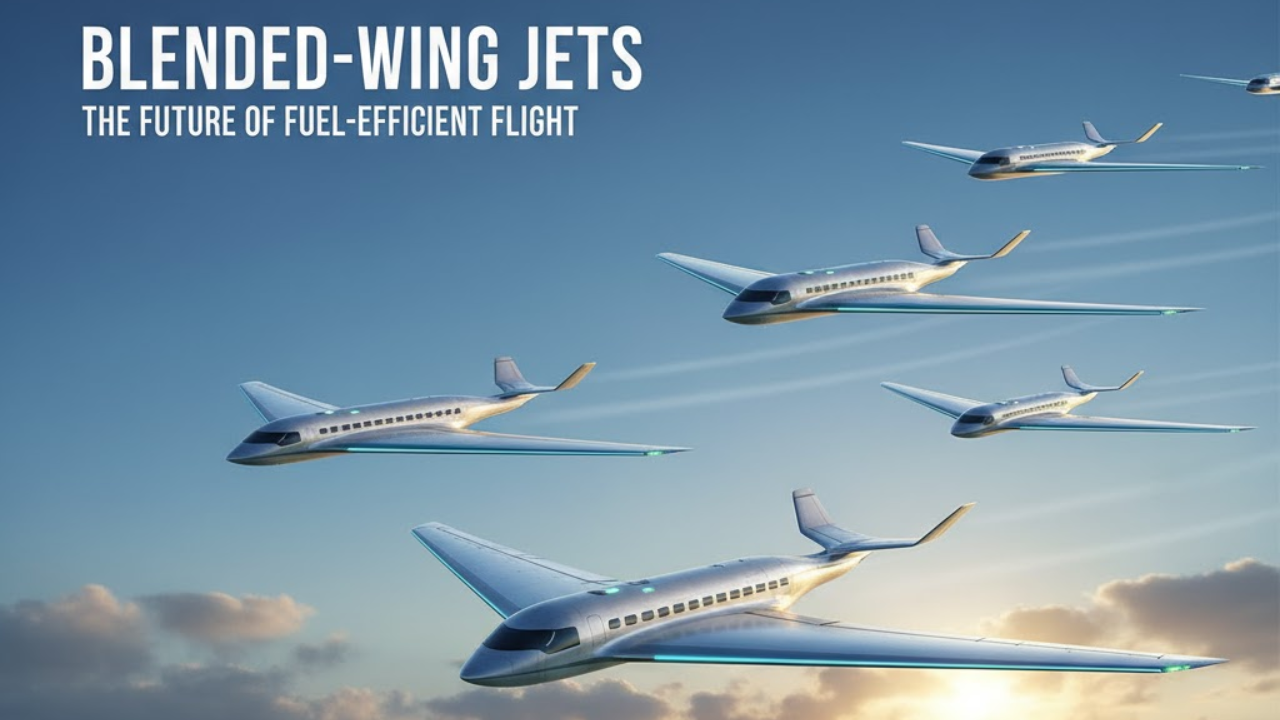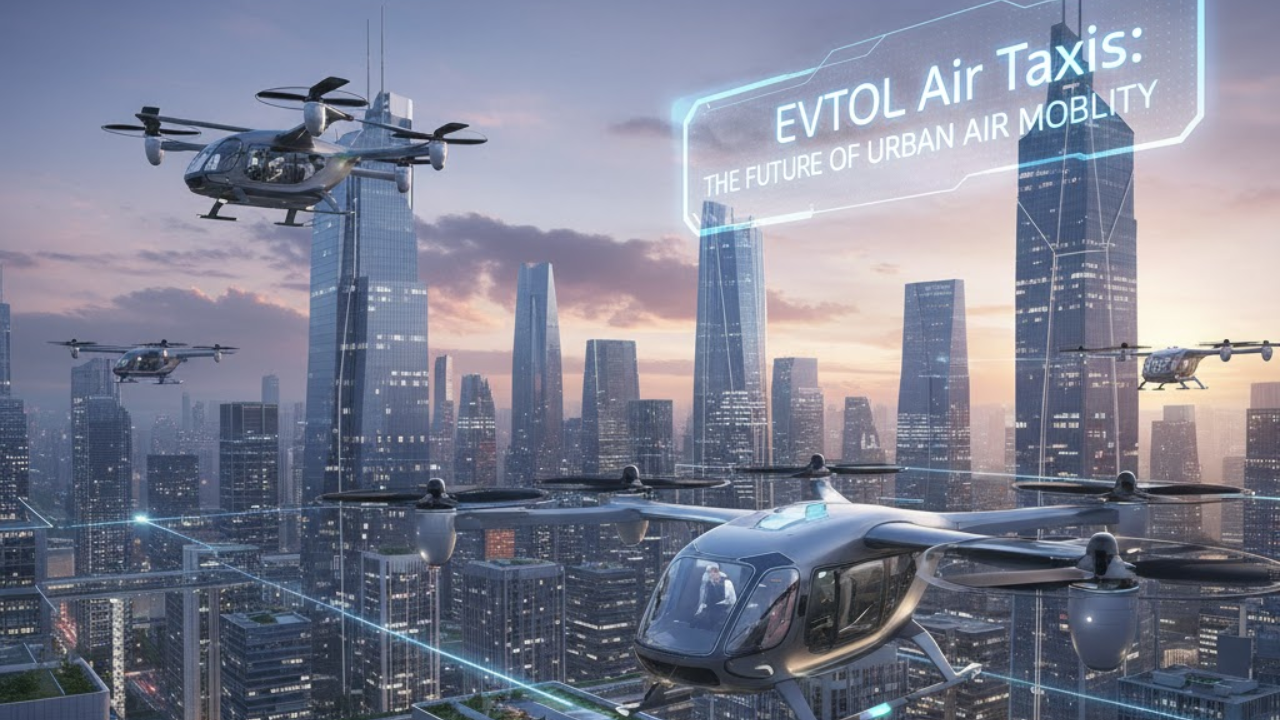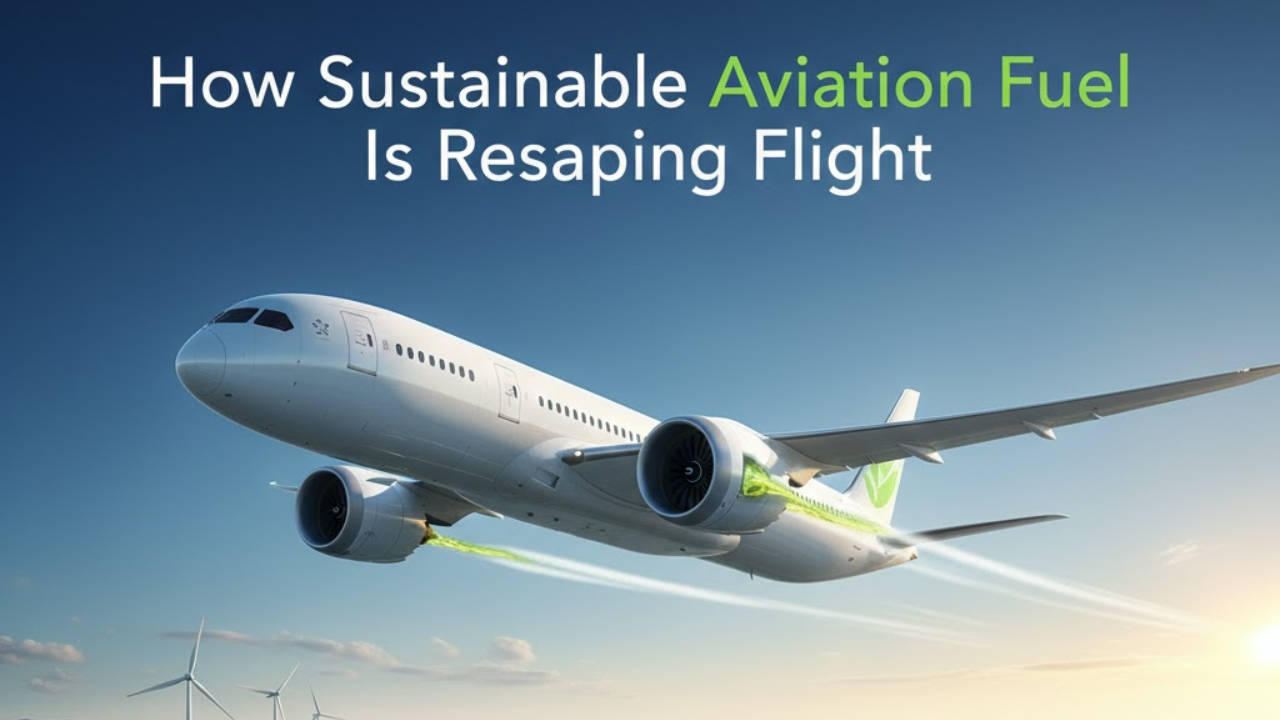
Post by : Amit
Photo : Reuters
A Bold Bet on Green Skies: Widerøe Leads the Charge
In one of the most defining aviation investments in recent European history, Norwegian airline Widerøe has taken a bold step into the future. The regional carrier, known for connecting the fjords, mountains, and islands of Norway, has signed a landmark $360 million agreement with Brazilian aerospace giant Embraer to purchase 15 next-generation hybrid-electric regional aircraft.
The announcement was made during the 2025 Farnborough International Airshow in England, instantly commanding global attention. But what truly sets this deal apart is not just the figure or the branding—it’s the pioneering intent behind it. This deal represents one of Europe’s first large-scale commercial investments in hybrid-electric aviation, reinforcing Widerøe’s position as a sustainability trailblazer and bringing the continent measurably closer to zero-emissions air travel.
Game-Changer for Regional Air Travel
Widerøe, already Europe’s largest regional airline by the number of flights, has long relied on turboprops like the Bombardier Dash 8 to service its short-haul network. Many of these routes are under 300 kilometers and serve small airports with minimal infrastructure—conditions that perfectly suit the upcoming hybrid-electric aircraft.
According to both companies, the new aircraft—part of Embraer’s "Energia" family—will feature seating capacities ranging from 19 to 30 passengers and are optimized for take-offs and landings on short runways. This makes them ideal for the rugged Scandinavian topography and remote airfields scattered across Northern Norway, where wider-body aircraft simply cannot land.
Speaking at Farnborough, Widerøe CEO Stein Nilsen described the deal as a “defining commitment to the future of sustainable air travel—not just in Norway, but globally.” He emphasized the aircraft’s expected 70–80% emission reductions compared to existing turboprops, along with significantly lower noise profiles, which are crucial for operations in noise-sensitive natural zones and smaller urban airports.
Hybrid-Electric Aircraft: A Leap Forward, Not a Leap of Faith
The hybrid-electric aircraft being developed by Embraer mark a significant technological evolution. Unlike full-electric planes, which are currently constrained by battery density and range limitations, hybrid-electric systems combine a traditional gas turbine with an electric propulsion unit. This combination provides better range, improved energy recovery, and more practical real-world applications—especially for cold-weather and longer regional missions.
The aircraft Widerøe has committed to will be among the first commercial hybrid-electric jets to operate in European airspace. They will incorporate regenerative systems that recover energy during descent and braking, which is then stored in high-efficiency battery packs for use during takeoff and climb-out—the most power-intensive phases of flight.
“Hybrid-electric systems are the bridge technology that will help us achieve carbon-neutral operations before 2050,” said Arjan Meijer, CEO of Embraer Commercial Aviation. “And Widerøe is exactly the kind of partner who understands the balance between risk and vision.”
First Deliveries Expected by 2028
Under the terms of the agreement, the first aircraft are expected to enter service in early 2028, with prototype testing beginning in late 2026. Widerøe and Embraer have formed a dedicated program management team to streamline certification, testing, and airport compatibility assessments.
The aircraft will be certified under EASA's new regulatory framework for hybrid propulsion systems, and according to Widerøe’s engineering division, they’ve already begun working with Avinor—the Norwegian airport operator—to ensure electrical charging infrastructure and cold-weather resilience across priority airfields.
“We’re not just buying planes,” said Henrik Skaanes, Widerøe’s Director of Fleet Strategy. “We’re rewriting how a regional airline fits into the future energy mix.”
Skaanes also noted that the deal includes optional purchase rights for an additional 10 aircraft, which could be exercised depending on how well the first batch integrates into the airline’s current network.
Norway’s Climate Policies Fuel Aviation Innovation
The Widerøe–Embraer agreement doesn’t exist in a vacuum. It’s the direct outcome of a national policy ecosystem that aggressively promotes low-emission aviation. Norway has long been a frontrunner in renewable energy adoption, and its domestic climate goals have been particularly aviation-focused.
In 2020, the Norwegian government set a formal goal that all domestic flights should be emission-free by 2040. This was reinforced by a NOK 3 billion ($285 million) green aviation stimulus announced in 2023, which included funding for infrastructure upgrades, research partnerships, and green aircraft procurement incentives.
This pro-aviation climate policy has created a fertile ground for innovation. Widerøe was one of the first airlines in the world to operate electric test flights in partnership with Rolls-Royce and Tecnam. In 2022, the airline conducted Norway’s first crewed electric flight from Bergen to Stavanger—a 120-kilometer route that could soon be served regularly by hybrid aircraft.
With its new Embraer deal, Widerøe is transitioning from experimentation to implementation.
European Implications and Wider Adoption Potential
Though this investment is Norwegian-led, its ripple effects are being felt across Europe. The deal is being closely watched by regional carriers in Sweden, Finland, Scotland, and the Alps—all regions where short-haul, high-frequency routes remain essential and difficult to decarbonize with current aircraft.
Embraer executives confirmed that they are in advanced talks with several other European regional operators who are considering adopting the Energia platform. The company’s decision to expand its MRO (maintenance, repair, and overhaul) footprint in Portugal earlier this year also supports its commitment to growing a sustainable aviation ecosystem within Europe.
There are also discussions underway at the EU level regarding expanded funding for hybrid-electric and electric aircraft operations under the Green Deal aviation pillar. Widerøe’s early move could help influence future policy and standard-setting for green regional air travel.
A First-of-Its-Kind Arctic Modifications Program
One of the most intriguing elements of this agreement is the customized adaptation initiative between Widerøe and Embraer. The two companies have agreed to co-develop a unique Arctic-modified version of the Energia aircraft. This involves enhancements like de-icing systems tailored to Norway’s extreme winters, specialized battery insulation technologies, and enhanced thermal management for power units.
This marks the first time Embraer has co-developed platform modifications in direct collaboration with a regional airline, signaling a more flexible and customer-centric approach to clean-sheet aircraft design.
“This isn’t a one-size-fits-all program,” noted Embraer’s Meijer. “It’s an acknowledgment that one of the key markets for hybrid aviation will be in challenging terrains and climates—and we’re engineering accordingly.”
Financing Structure and National Support
The $360 million deal is being financed through a combination of private capital, green bonds, and soft loans supported by Norway’s Export Credit Agency. Widerøe has also tapped into an EU innovation grant that covers 12% of the program’s R&D costs. While the full breakdown hasn’t been made public, insiders report that nearly 40% of the aircraft’s cost is being offset by climate funding mechanisms.
In addition to aircraft acquisition, some of the funds will be used for simulator training, pilot certification, and infrastructure upgrades at 14 of Widerøe’s highest-traffic regional airports.
Closing the Gap Between Promise and Progress
Widerøe’s hybrid-electric aircraft deal comes at a time when the aviation industry is under mounting pressure to decarbonize—but with limited commercially viable options available. Hydrogen propulsion remains largely aspirational, full-electric planes are still range-constrained, and SAF (Sustainable Aviation Fuel) supplies are inconsistent.
This makes hybrid-electric aircraft the most realistic near-term solution. And thanks to Widerøe’s early bet, Europe now has a real-world case study that others can follow.
“This isn’t a tech demonstration—it’s a route map,” said Dag Falk-Petersen, former CEO of Avinor and a long-time advocate of sustainable aviation in Scandinavia. “Widerøe is showing the world what real, actionable progress looks like.”
A Rare and Visionary Deal in European Aviation
At a time when most airlines are still grappling with fleet renewal costs and post-pandemic recovery, Widerøe’s decisive investment stands out as a rare case of forward-looking courage. The $360 million partnership with Embraer not only sets the airline apart as a pioneer in hybrid-electric aviation—it sets a benchmark for the entire industry.
As other European carriers explore how to modernize fleets amid tightening emissions regulations and rising fuel costs, Widerøe’s decision may well be remembered as the spark that lit the continent’s clean aviation revolution.
Norway, Embraer, Aviation Deal










Bengaluru-Mumbai Superfast Train Approved After 30-Year Wait
Railways approves new superfast train connecting Bengaluru and Mumbai, ending a 30-year demand, easi

Canada Post Workers Strike Halts Nationwide Mail and Parcel Services
Canada Post halts operations as CUPW strike disrupts mail and parcel delivery nationwide amid disput

PM Modi Launches BSNL ‘Swadeshi’ 4G Network, 97,500 Towers Built
India enters global telecom league as PM Modi inaugurates BSNL’s indigenous 4G, connecting 26,700 vi

India’s Iconic MiG‑21 Takes Final Flight After Six Decades of Service
After 60 years India retires its MiG‑21 fighter jet, a legendary yet controversial warplane marking

Hindustan Zinc unveils AI hotspot monitoring at Debari smelter
Hindustan Zinc launches AI-powered Switchyard Hotspot Monitoring at Debari smelter to cut outages bo

Chinese experts worked inside sanctioned Russian drone plant
Chinese drone specialists visited IEMZ Kupol supplying parts and drones via intermediaries, deepenin